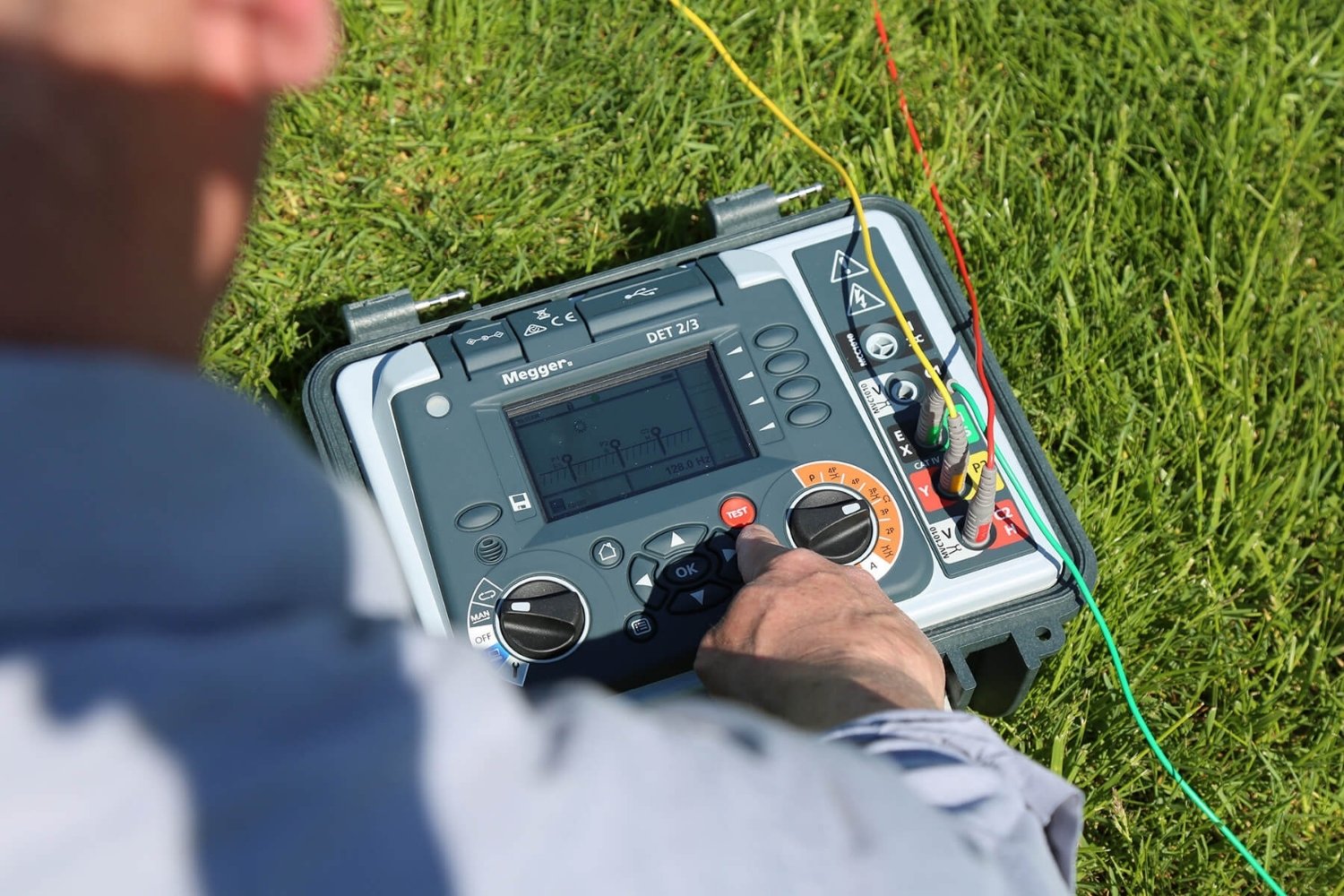
Ever wondered how electricians ensure the safety of electrical systems? One crucial tool they use is the Earth resistance tester. This device measures the resistance of the ground to electrical currents, ensuring that any fault currents can safely dissipate into the earth. Without it, electrical systems could become hazardous, leading to potential shocks or fires. Understanding the importance of this tool can help you appreciate the behind-the-scenes work that keeps our homes and workplaces safe. In this post, we'll explore 27 fascinating facts about Earth resistance testers, shedding light on their function, history, and significance in electrical safety.
What is an Earth Resistance Tester?
An Earth resistance tester measures the resistance of the earth's grounding system. It's crucial for ensuring electrical safety in homes, buildings, and industrial setups. Here are some fascinating facts about this essential tool.
- Purpose: Earth resistance testers ensure that electrical systems are properly grounded, preventing electrical shocks and equipment damage.
- Types: There are different types of testers, including digital, analog, and clamp-on testers, each suited for specific applications.
- Accuracy: Digital testers are known for their high accuracy and ease of use compared to their analog counterparts.
- Safety: Proper grounding reduces the risk of electrical fires and ensures the safety of people and equipment.
How Does an Earth Resistance Tester Work?
Understanding the working mechanism of an earth resistance tester can help in its effective usage.
- Principle: It works on the principle of Ohm's Law, measuring the resistance between the earth electrode and the ground.
- Electrodes: Typically, three electrodes are used: the current electrode, the potential electrode, and the earth electrode.
- Measurement: The tester sends a current through the earth electrode and measures the voltage drop, calculating the resistance.
- Frequency: Some testers use different frequencies to minimize errors caused by earth capacitance and inductance.
Importance of Earth Resistance Testing
Testing the earth resistance is a critical part of maintaining electrical safety standards.
- Regulations: Many countries have strict regulations requiring regular earth resistance testing.
- Preventive Maintenance: Regular testing helps in identifying potential issues before they become serious problems.
- System Performance: Ensures that the electrical system performs efficiently and safely.
- Insurance: Some insurance policies require proof of regular earth resistance testing.
Common Applications of Earth Resistance Testers
These testers are used in various fields to ensure electrical safety and system efficiency.
- Residential: Used to test the grounding systems in homes to prevent electrical hazards.
- Commercial: Essential in commercial buildings to ensure the safety of occupants and equipment.
- Industrial: Critical in industrial settings where large machinery and equipment are used.
- Telecommunications: Used to ensure proper grounding of telecom towers and equipment.
Factors Affecting Earth Resistance Measurements
Several factors can influence the accuracy of earth resistance measurements.
- Soil Composition: Different soil types have varying resistivity, affecting the measurements.
- Moisture Content: Moist soil conducts electricity better than dry soil, impacting resistance values.
- Temperature: Extreme temperatures can alter the resistance of the soil.
- Electrode Placement: The distance and placement of electrodes can affect the accuracy of the readings.
Tips for Accurate Earth Resistance Testing
Following best practices can help in obtaining accurate and reliable measurements.
- Proper Calibration: Ensure that the tester is properly calibrated before use.
- Correct Electrode Spacing: Maintain the recommended distance between electrodes for accurate results.
- Stable Connections: Ensure that all connections are secure and stable during testing.
- Avoid Interference: Keep the tester away from electrical noise and interference sources.
Innovations in Earth Resistance Testing
Technological advancements have led to more efficient and user-friendly earth resistance testers.
- Wireless Testers: Some modern testers offer wireless capabilities for easier and safer measurements.
- Data Logging: Advanced testers come with data logging features, allowing for better record-keeping and analysis.
- Smart Integration: Integration with smartphones and tablets for real-time monitoring and data sharing.
Final Thoughts on Earth Resistance Testers
Earth resistance testers are essential tools for ensuring electrical safety. They help measure the resistance of grounding systems, which is crucial for preventing electrical hazards. These devices come in various types, including analog and digital, each with its own set of features. Understanding how to use them properly can save lives and protect equipment from damage.
Regular testing of grounding systems is not just a good practice; it's often a legal requirement. Neglecting this can lead to severe consequences, including electrical fires and equipment failure. So, investing in a reliable earth resistance tester is a smart move for anyone involved in electrical work.
In summary, these testers are indispensable for maintaining electrical safety. They provide peace of mind by ensuring that grounding systems are functioning correctly. Don't overlook the importance of regular testing; it could make all the difference in preventing electrical mishaps.
Was this page helpful?
Our commitment to delivering trustworthy and engaging content is at the heart of what we do. Each fact on our site is contributed by real users like you, bringing a wealth of diverse insights and information. To ensure the highest standards of accuracy and reliability, our dedicated editors meticulously review each submission. This process guarantees that the facts we share are not only fascinating but also credible. Trust in our commitment to quality and authenticity as you explore and learn with us.
